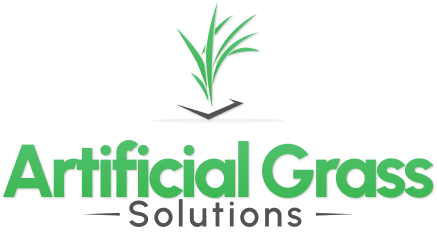rocket domain was triggered too early. This is usually an indicator for some code in the plugin or theme running too early. Translations should be loaded at the init action or later. Please see Debugging in WordPress for more information. (This message was added in version 6.7.0.) in /var/www/html/wp-includes/functions.php on line 6114Yes, artificial grass can get hot, especially during hot weather conditions or exposure to direct sunlight for prolonged periods. The material used to make synthetic turf, usually plastic, rubber, or nylon, absorbs heat from the sun, making the grass surface hot to the touch.
The temperature of artificial grass can be significantly higher than that of natural grass, making it uncomfortable to walk or play on, especially for pets or young children. However, some manufacturers produce synthetic turf with advanced cooling technologies, such as reflective materials or special infills, reducing the surface temperature and making it more comfortable to use during hot weather.
If you plan to install an artificial grass lawn, choosing high-quality artificial grass and considering the potential for high temperatures in your area is crucial. Additionally, you can take steps to reduce the temperature of your artificial lawn, such as providing shade, watering it frequently, or installing a misting system.
The temperature of artificial and natural grass can vary significantly depending on several factors, such as weather conditions, time of day, and location. However, here are some general differences you may observe between the two:
Surface temperature — Artificial lawn tends to have a higher surface temperature than natural grass. The materials used in making synthetic grass, such as plastic or rubber, absorb more heat from the sun than natural grass, composed of living plants that can transpire and cool themselves down. As a result, artificial grass can feel hotter to the touch than natural grass, especially during hot weather conditions.
Air temperature — The air temperature above artificial lawns (like pet turf) may be slightly warmer than that above natural grass due to the heat retained by synthetic materials.
Water retention — Natural grass can retain water and moisture, which can help to cool the surrounding air and reduce the temperature. In contrast, the synthetic lawn does not keep water, and any water on the surface of the grass will quickly evaporate, resulting in a less cooling effect.
Shade and wind — The temperature of artificial and natural grass can be affected by shade and wind. Shaded areas tend to be cooler than areas exposed to direct sunlight, and a breeze can help to disperse heat and make the temperature feel more comfortable.
Whether beating the heat and making artificial grass cooler during sunny days or if you're installing artificial grass soon, you should keep these tips in mind.
Choose high-quality materials
Provide a shaded area, like using a canopy, retractable awning, trees
Water the grass frequently
Install a misting system
Use light-colored infill
As we constantly find answers to the question, "Does artificial grass get hot?" and the one above, the answer may vary depending on the manufacturer. Some manufacturers use different materials for their synthetic lawns that can significantly provide a cooler surface such as lighter infill material. At the end of the day, the price of artificial turf may play a crucial role as most of these properties for a cooler surface demand more expensive materials.
Yes, artificial grass can be safe for pets, provided that it is installed and maintained properly. Always choose a high-quality product, ensure proper drainage, regularly clean your synthetic lawn, and provide shade and water to maintain its form.
Here are some of the most common, if not well-known infill materials for cooling:
Durafill sand
Silica sand
Cork
Coconut fiber
Thermoplastics
Crumb rubber infills
Zeolite
If your considering an artificial grass installation, we are the best. Call us now and get all your questions answered.
Contact Us
Artificial Grass Solutions Los Angeles is a Southern California fake grass installations company offering you a variety of high-quality synthetic turf options for your outdoor space.